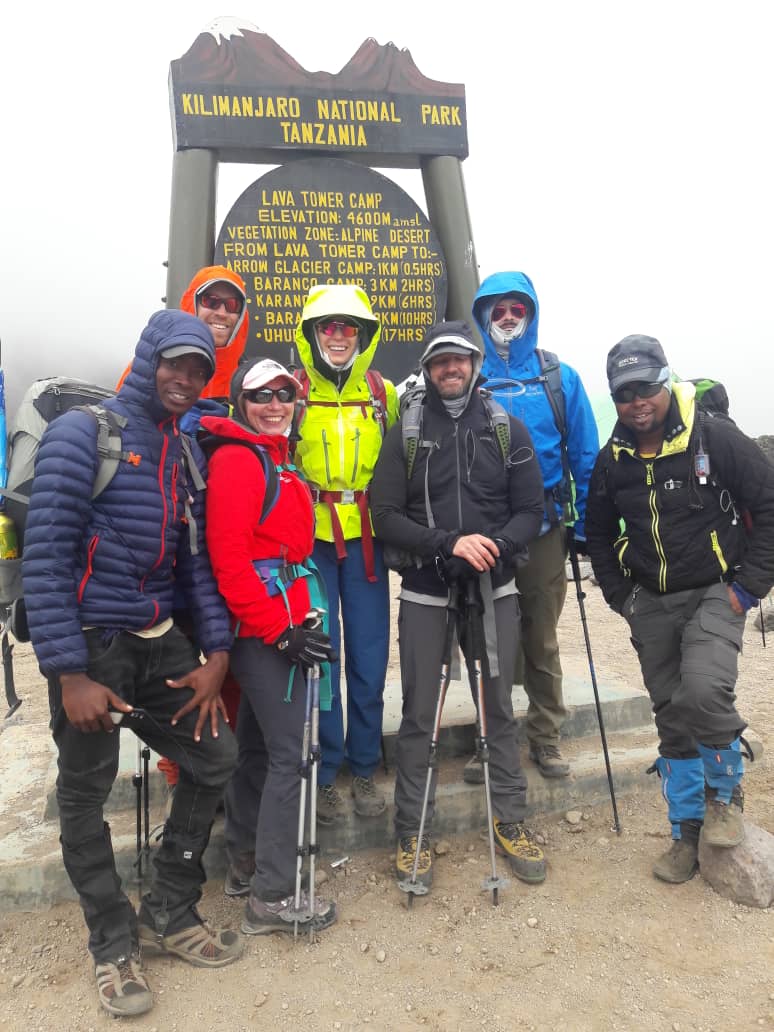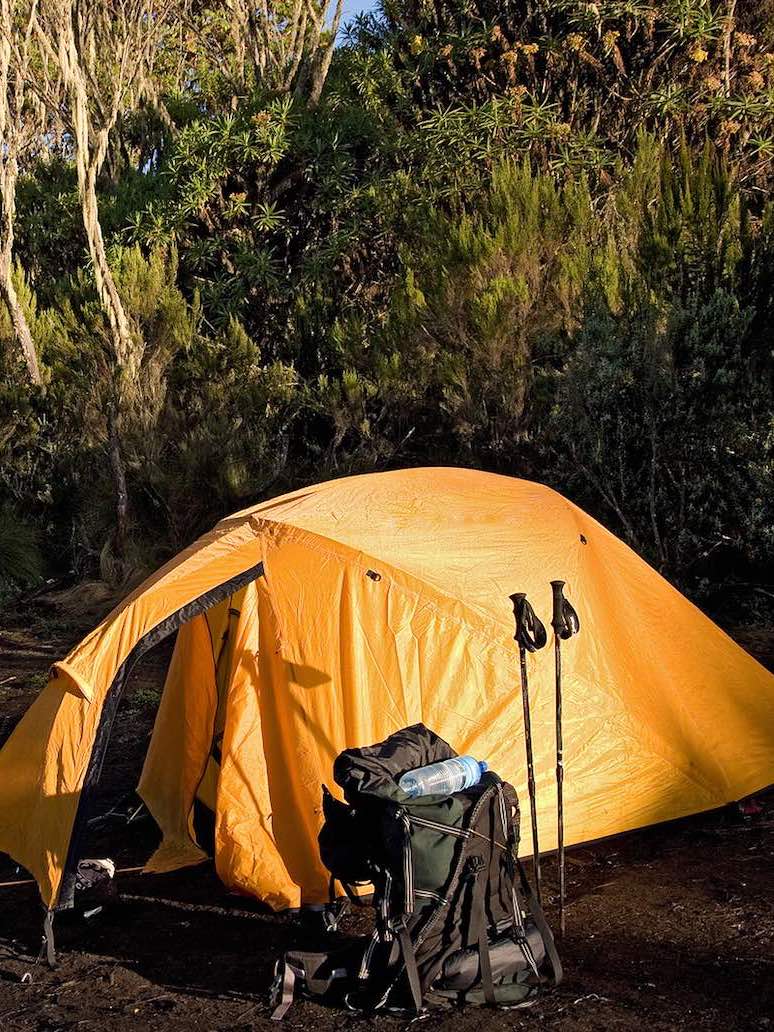Our trekking and walking holiday itineraries have been carefully planned to be rewarding and exhilarating while simultaneously being safe and professionally executed. Whether climbing Mount Kilimanjaro, Mt Meru or trekking the active volcano Ol Doinyo Lengai, the journey should be enjoyed, savoured, challenging and simultaneously rewarding.
FREQUENTLY ASKED QUESTIONS

[accordions id="1076"]
[accordions id='2224']
[accordions id="2225"]








